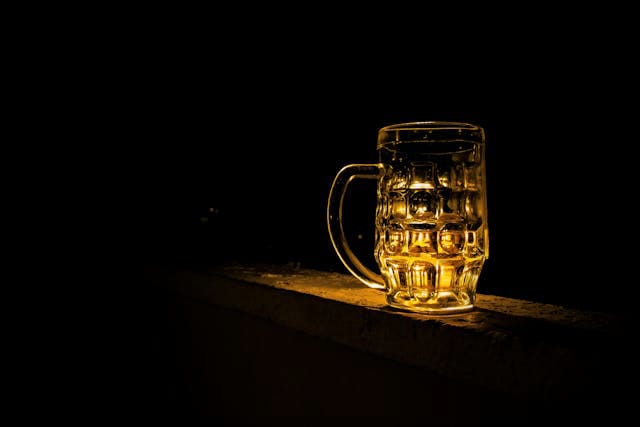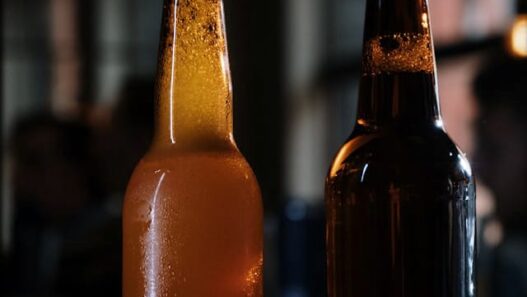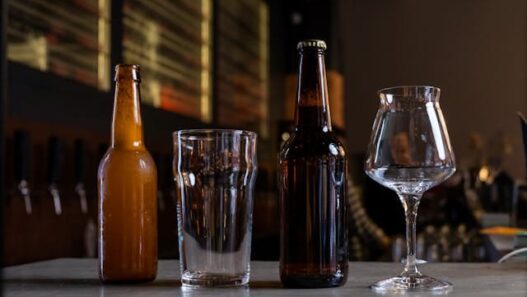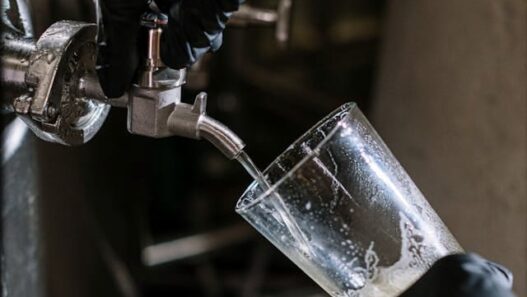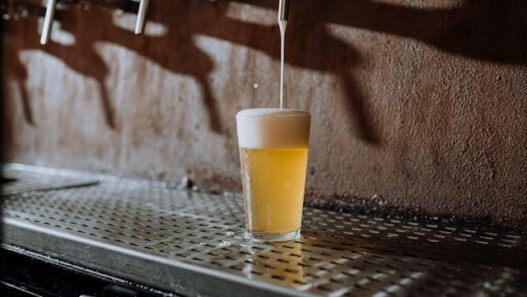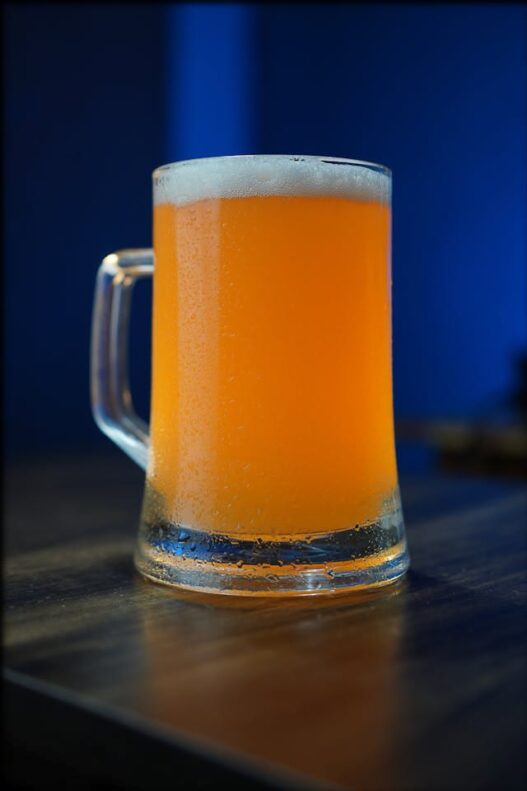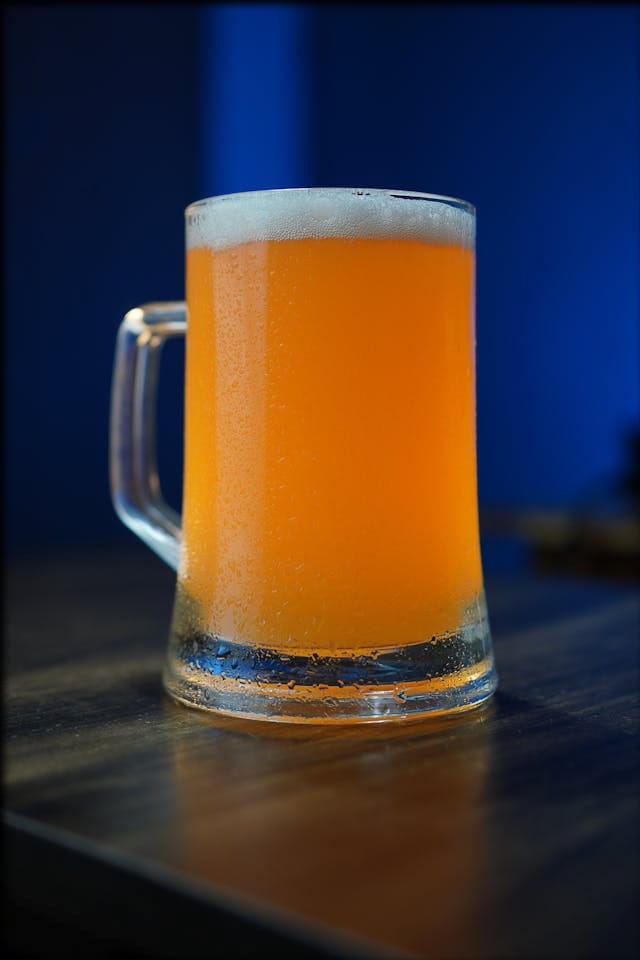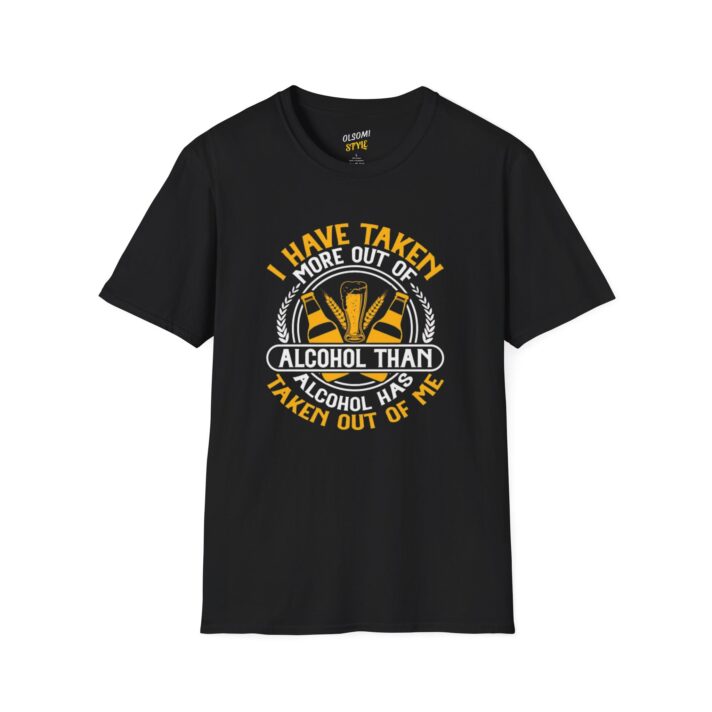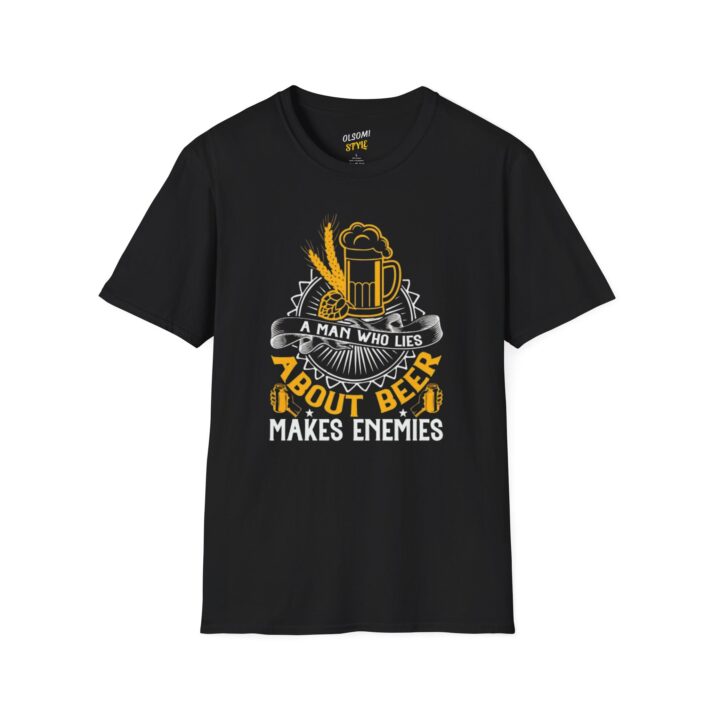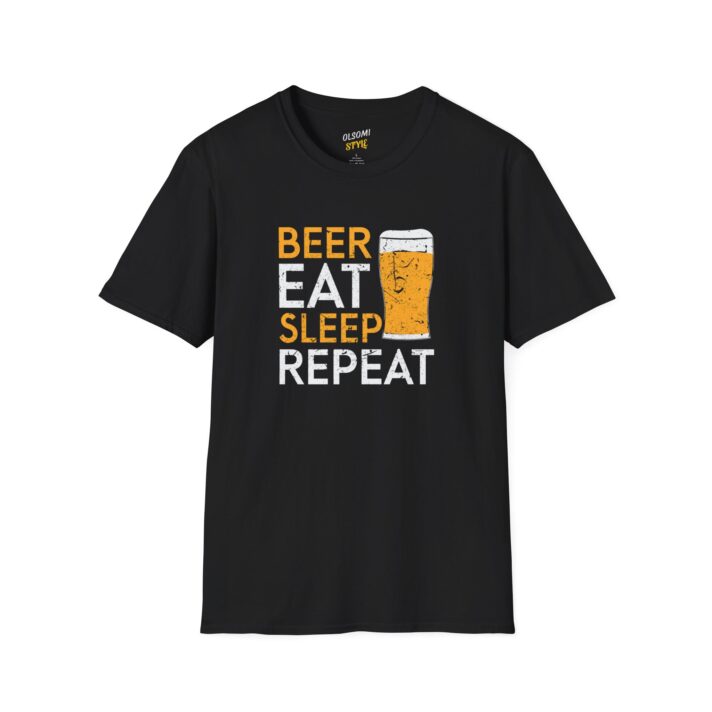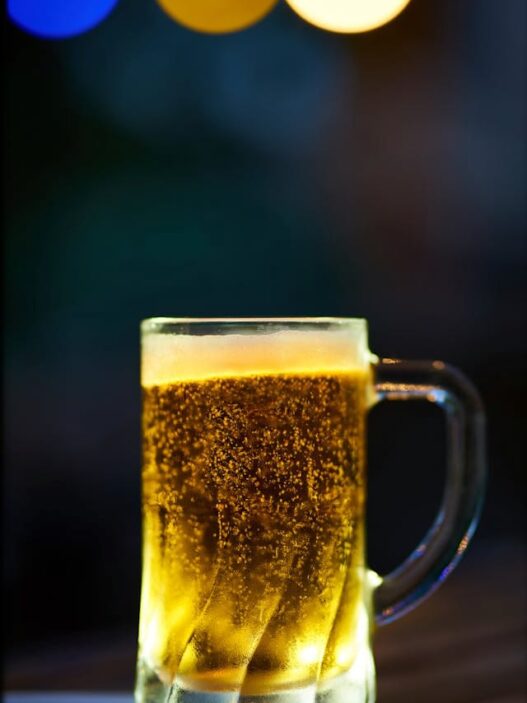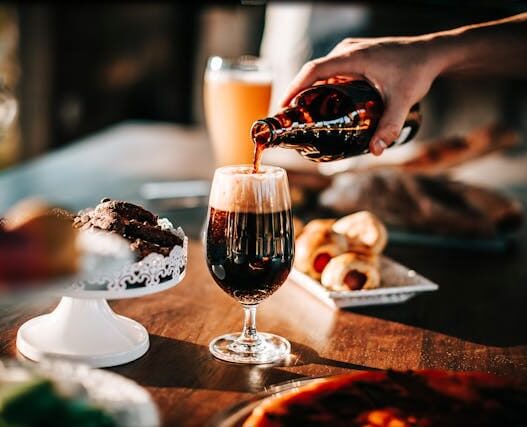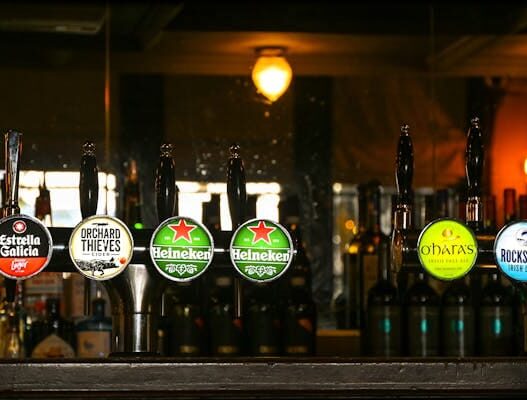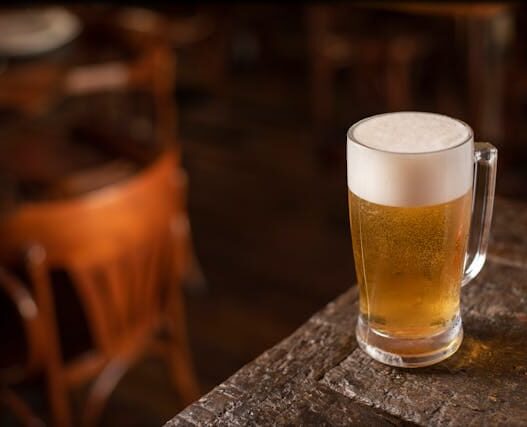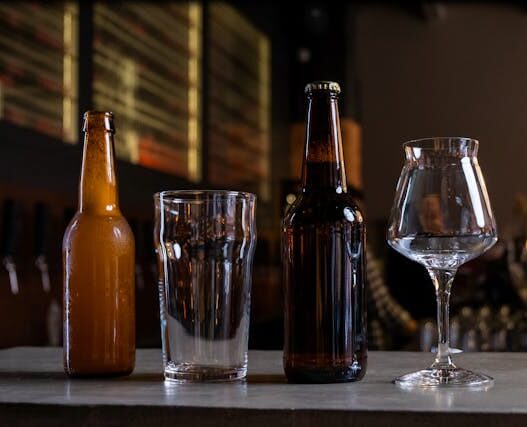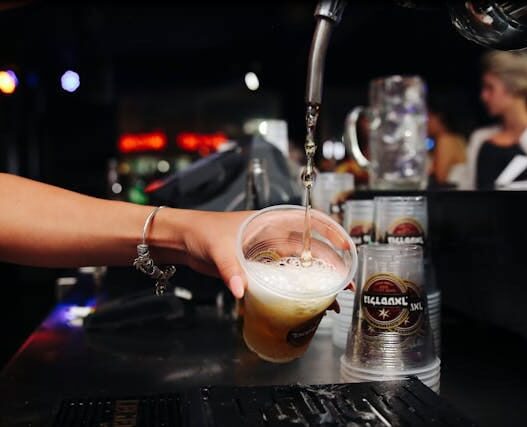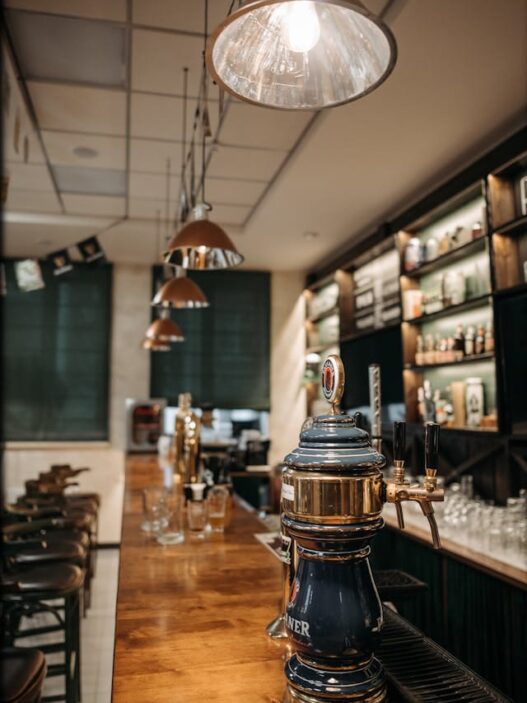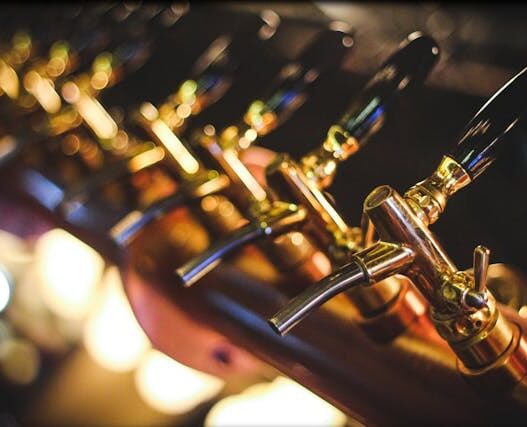-
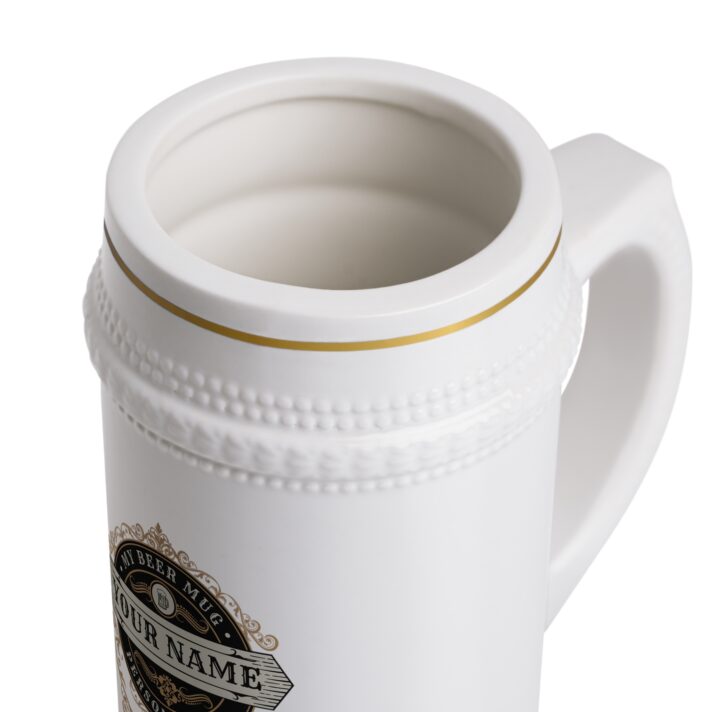
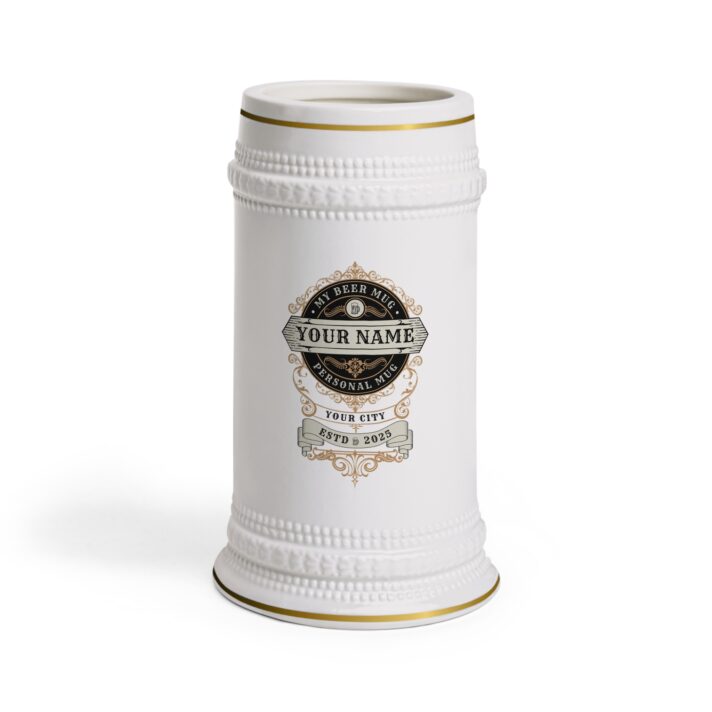
Personalized Beer Stein Mug – Custom Name & City – Perfect for Gifts & Celebrations
$34.00 -
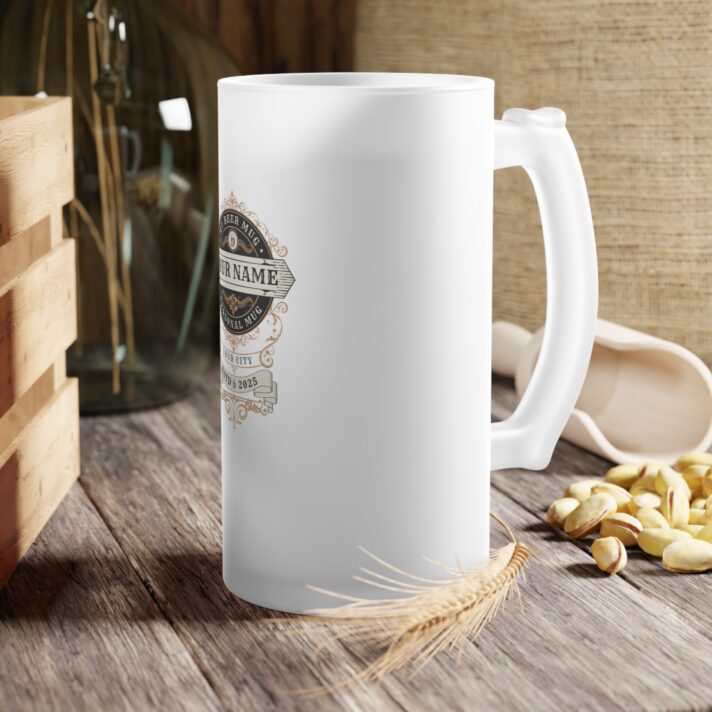
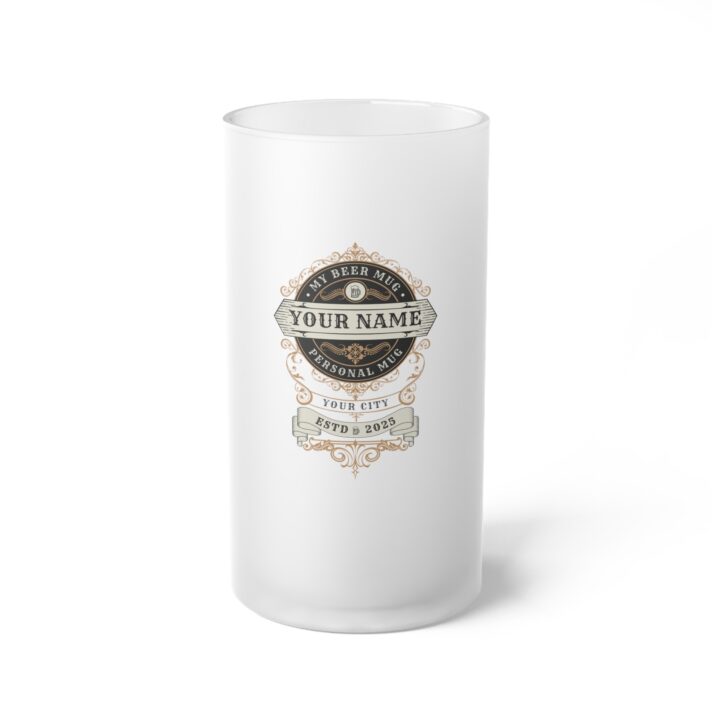
Personalized Frosted Glass Beer Mug – Custom Name & City – Perfect Gift for Beer Lovers
$42.00 -
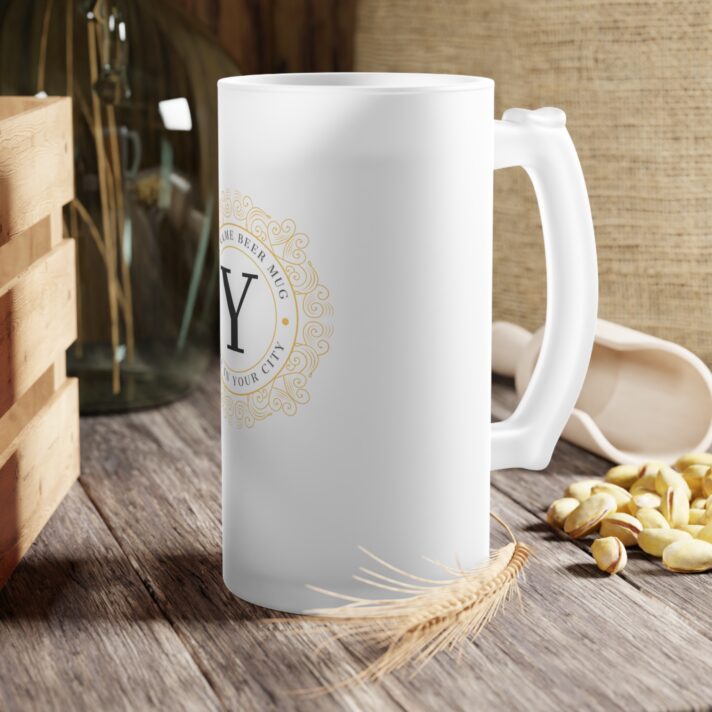
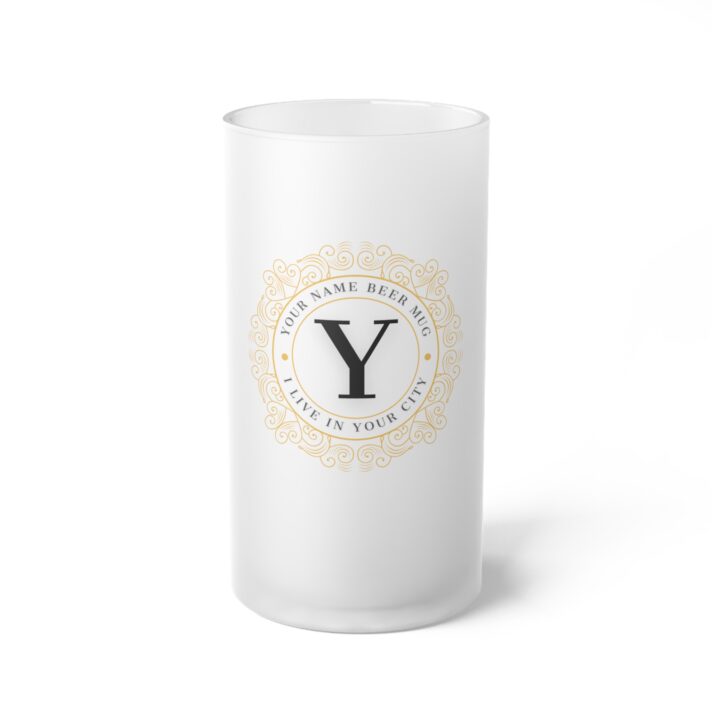
Personalized Frosted Glass Beer Mug – Customizable with Your Name, Perfect for Gifting, Celebrations & Special Occasions
$42.00
Antique beer mugs are in high demand among collectors and enthusiasts, but with the increasing trend of vintage items, the market for counterfeit antique beer mugs has also expanded. It can be challenging to distinguish a fake antique beer mug if you’re not familiar with the telltale signs. This article will provide guidance on recognizing a fake antique beer mug and points to consider when making a purchase.
When examining antique beer mugs, it is important to consider a few key factors to determine authenticity. One crucial aspect to look for is the age of the mug. Genuine antique beer mugs will show signs of wear and age, such as patina or oxidation. If the mug looks flawless and new, it is likely a counterfeit.
When trying to determine if an antique beer mug is authentic, it’s important to look at the material it’s crafted from. Genuine antique beer mugs are usually made from materials like pewter, glass, or porcelain. If the mug is made from a material that wasn’t popular during the time it supposedly originated from, it’s likely a forgery. Mugs made from materials like plastic or aluminum are almost certainly not authentic.
When trying to identify a fake antique beer mug, one of the key indicators to look for is the presence of a maker’s mark. This mark, typically found on the bottom of the mug, can provide valuable information about the authenticity of the piece, including the maker and the time period of production. If the maker’s mark appears to be a modern replica or is not present at all, it is likely that the beer mug is not a genuine antique.
When determining the authenticity of an antique beer mug, it is crucial to take into account its design. Genuine antique beer mugs typically feature intricate designs or patterns that were popular during the era they were created. If the design on the mug seems overly flawless or does not align with the design trends of the time period, it is probably a counterfeit.
Aside from the mug’s physical features, it is crucial to look into its provenance. Provenance entails the background and origin of the item, such as its previous owners and where it originated from. If the seller cannot offer any details about the mug’s provenance, it may be a warning sign that the mug could be counterfeit.
If you’re thinking of buying an antique beer mug, take the time to research and be careful if purchasing from unfamiliar sellers. If the price seems too good to be true, it likely is. Listen to your gut and don’t hesitate to inquire or get a second opinion from a trustworthy antique dealer.
In summary, identifying a counterfeit antique beer mug may pose a challenge, but by arming yourself with the appropriate knowledge and paying careful attention to details, you can steer clear of deceitful sellers. Be on the lookout for indications of aging and use, inspect the material and design of the mug, and make sure to confirm the authenticity of the maker’s mark and the mug’s history before finalizing your purchase. By adhering to these guidelines, you can rest assured that you are acquiring a genuine antique beer mug to enhance your collection.
